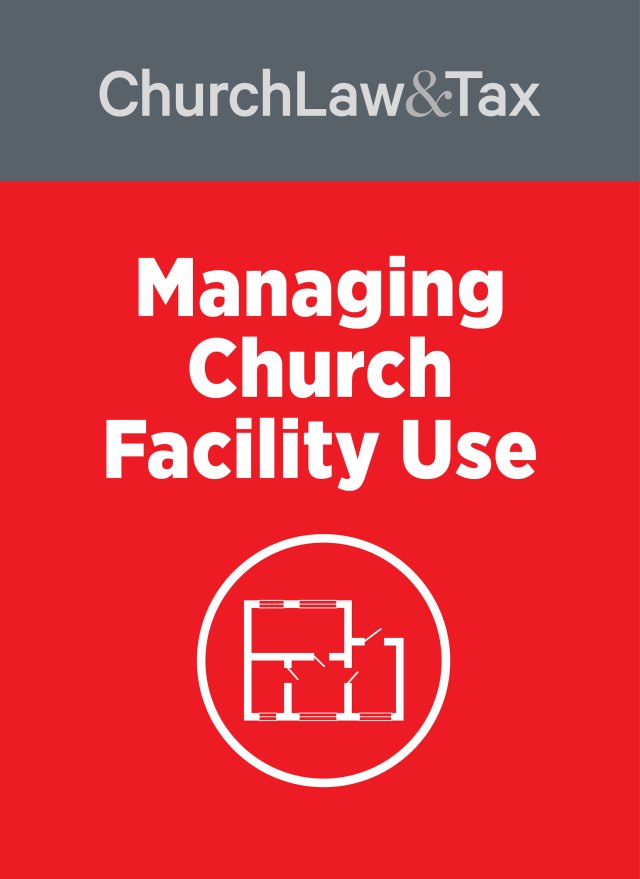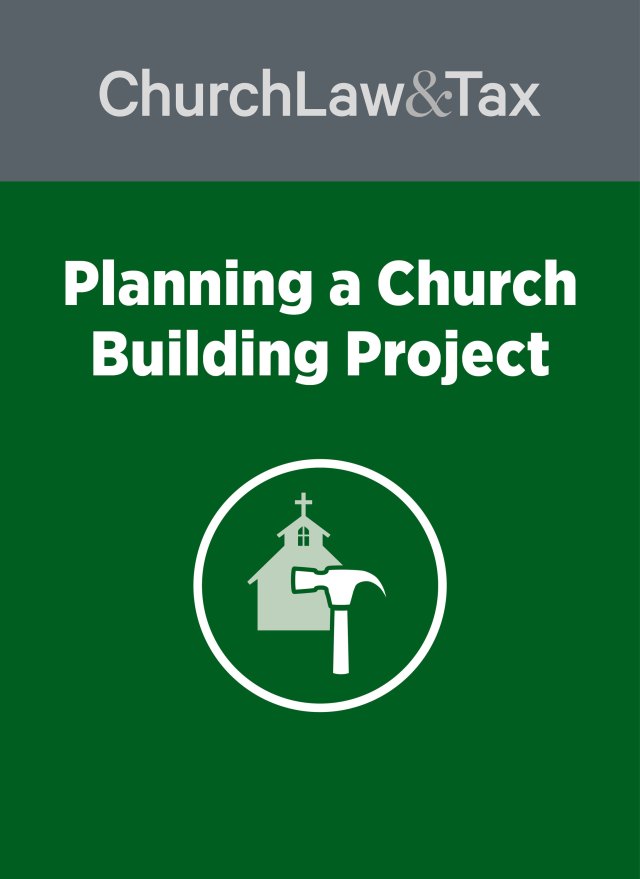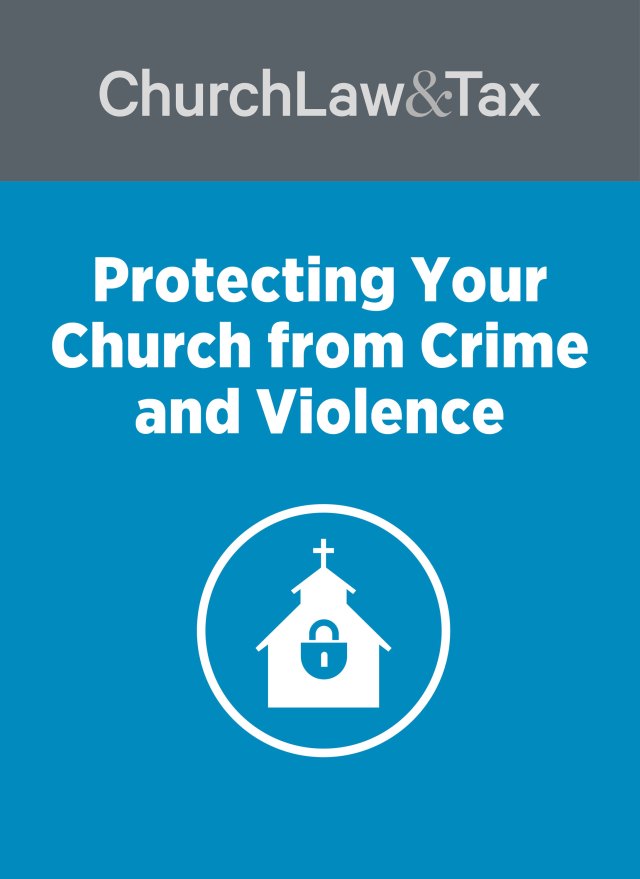Each year, churches experience significant losses due to vandalism. Vandals often act impulsively. Lighting and surveillance systems are two key ways to reduce vandalism.
Lighting It Up
Lighting is one of the best and least expensive forms of prevention:
- Lights must have sufficient illumination.
- Install protective lighting around locations that someone might use to enter the facilities, such as doors, windows, or skylights. The parking lot and street entrances into the parking lot also should have good illumination.
- Use protective covers so someone will not be able to break the bulb easily.
- Consult with the local power company to determine the proper level of illumination for security purposes.
Sound the Alarm
Increasingly, churches use surveillance systems to reduce vandalism and to promote security:
- Monitor church parking lots and property during church services.
- Use an alarm system as a complement to basic security measures. Be sure to shop around—there’s a wide range of prices and monitoring fees.
- Alarm systems make use of a phone line, so find out how the security company protects the phone line.
- Most systems have a built-in delay in order to allow staff members to disarm them when they enter the building. The delay should be as short as possible.
- Place stickers on windows and doors, and place signs at strategic locations on the property warning of your alarm system. Deterrence is the best policy.
Additional Measures
Other steps churches can take:
- Maximize visibility between offices and the outside of the church, especially at parking lots and entrances, to create natural surveillance.
- Look for signs of illegal entry, such as slit window screens or broken windows.
- Control access to playgrounds.
- Keep the property clear of rubbish.
- Report every act of vandalism to the police, no matter how minor.
- Quickly respond to any act of vandalism by making repairs or removing graffiti. Take immediate steps to prevent future acts.
- Organize a neighborhood watch program.
- Use padlocks with high-quality hardened steel.
- Use landscape designs and plants to make a break-in more difficult. Thorny or prickly plants, such as a holly under a first-floor window, can discourage burglars. Plants, however, should not obstruct the view through windows or doors.
- Use landscaping, fences, and screens to control access to church property.
- Do not provide easy access to the roof.
- Use a metal bar or a piece of wood in the track of sliding doors.
- Try to make parking spaces visible from the street, or from the main offices of the church building. Be sure vehicles are locked and don’t contain valuables.
- All church keys should be numbered, tracked, and stored in a key safe. Limit distribution to the fewest number of people possible.
Discuss
- What are some ways we can improve lighting around the church and its property?
- Is our alarm system adequate? If we don’t have one, why should we consider one?
- What are some landscaping and design tactics we can immediately implement?





